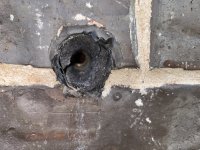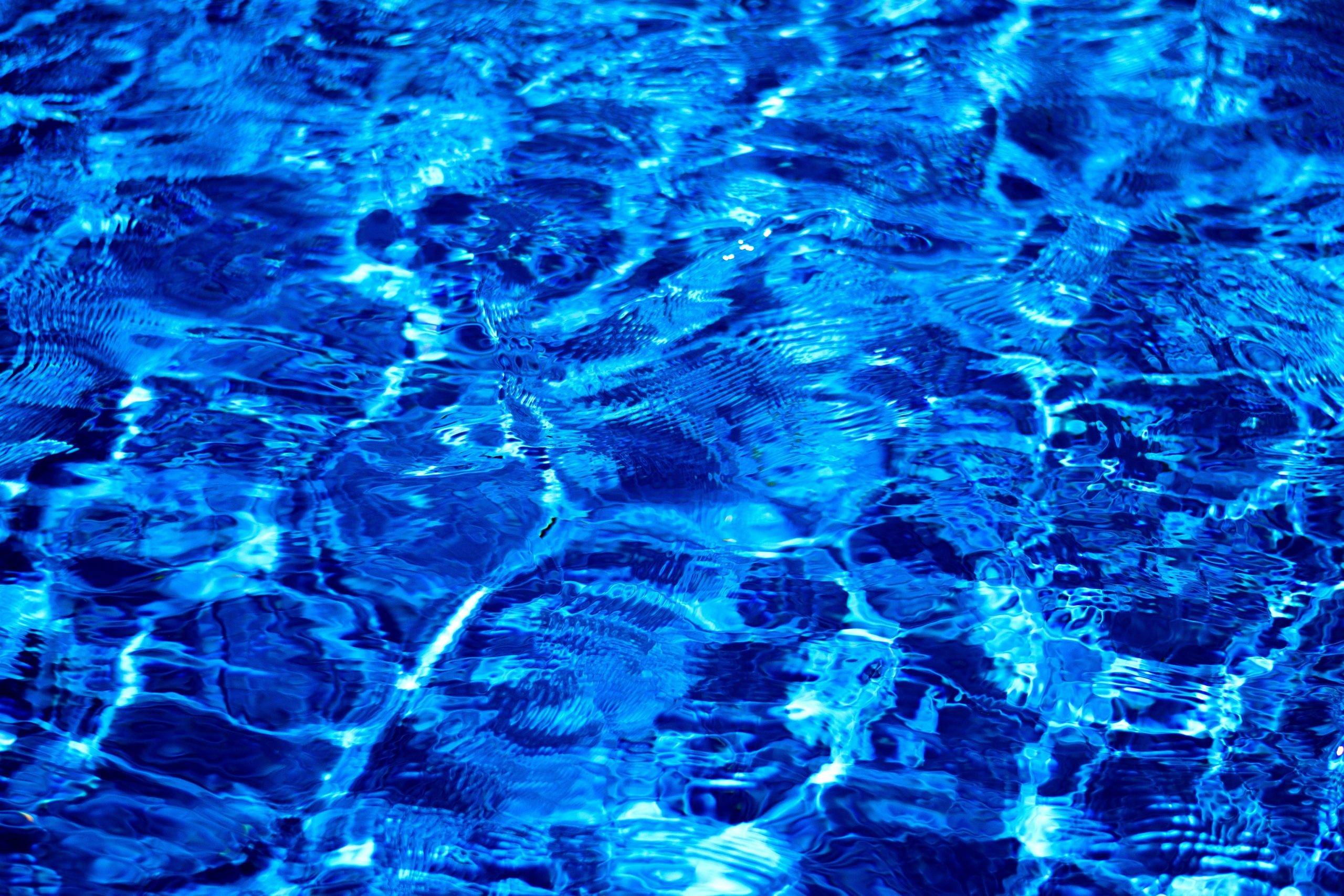- Aug 20, 2020
- 7,758
- Pool Size
- 27000
- Surface
- Plaster
- Chlorine
- Salt Water Generator
- SWG Type
- CircuPool RJ-60
They both will crack. As noted above, it needs to be winterized either by covering or or using a hose bibb that has a deep plunger if it that shuts the flow of water deeper in the wall so the interior heat of the house keeps is from freezing. We remove exposed fittings like that during winter or cover them with insulated covers to help avoid freezing.The problem is this pipe will always be wet as the shut off valve is before the back flow preventer, I winterize the baclflow preventer, but there is always the risk the the valve will bust or the pipe coming from the wall, I will send update pictures after the job is done. let me know if you have suggestions on how to winterize it.
I think galvanized steel can withstand more pressure and resist freezing more than Brass, that is probably why the pool coomany used it
Galvanized steel pipe is old technology that I’m not sure is useful anymore.











